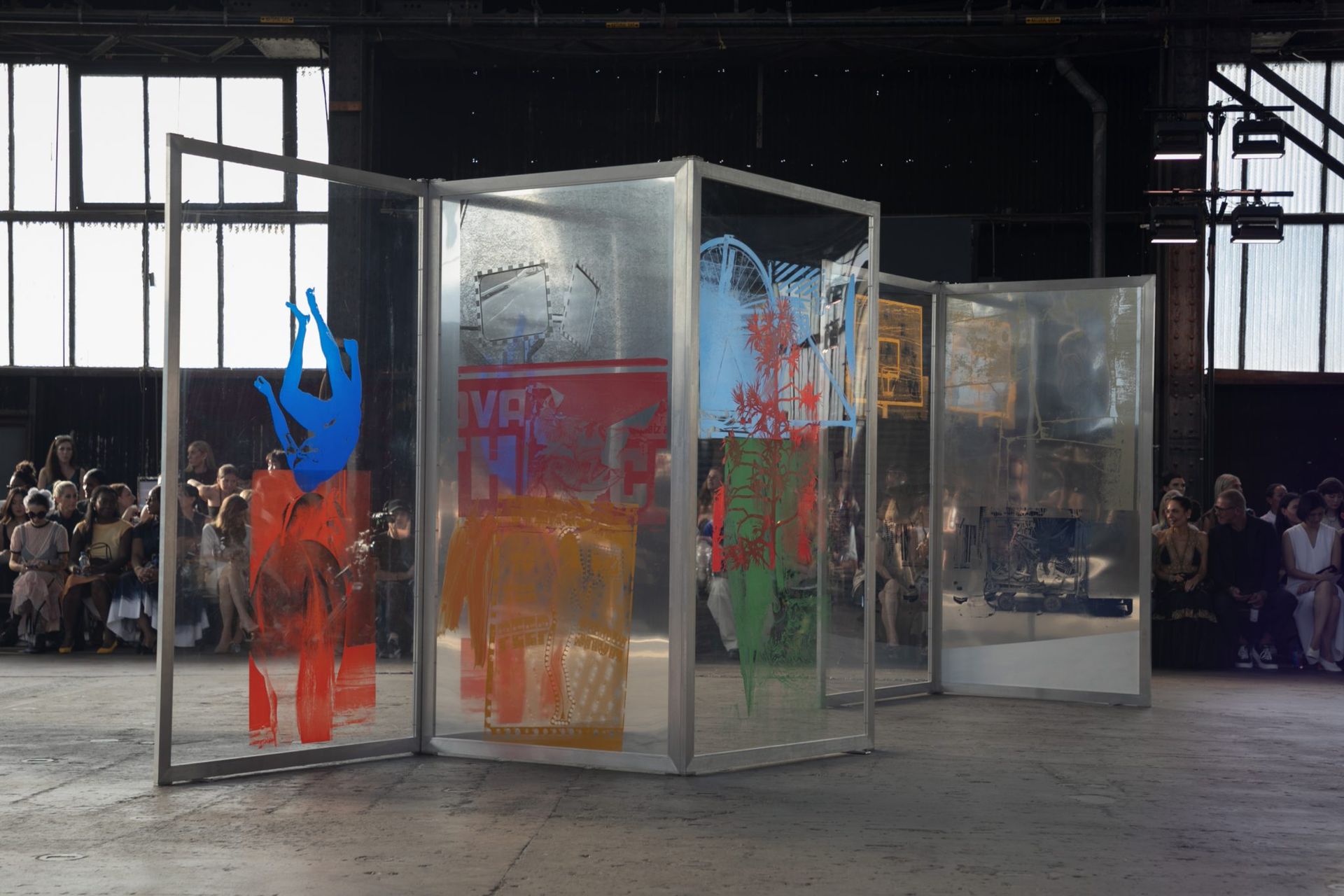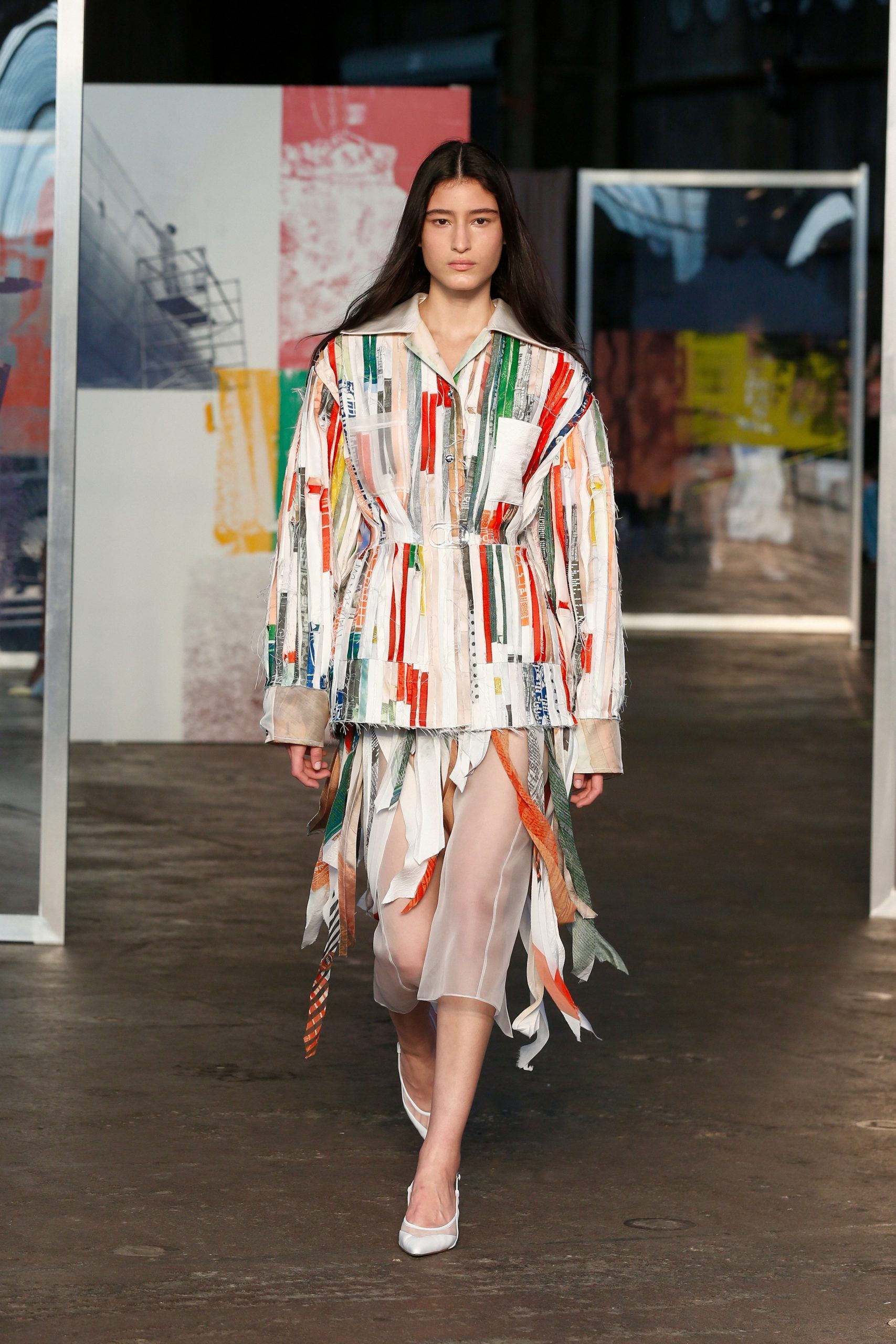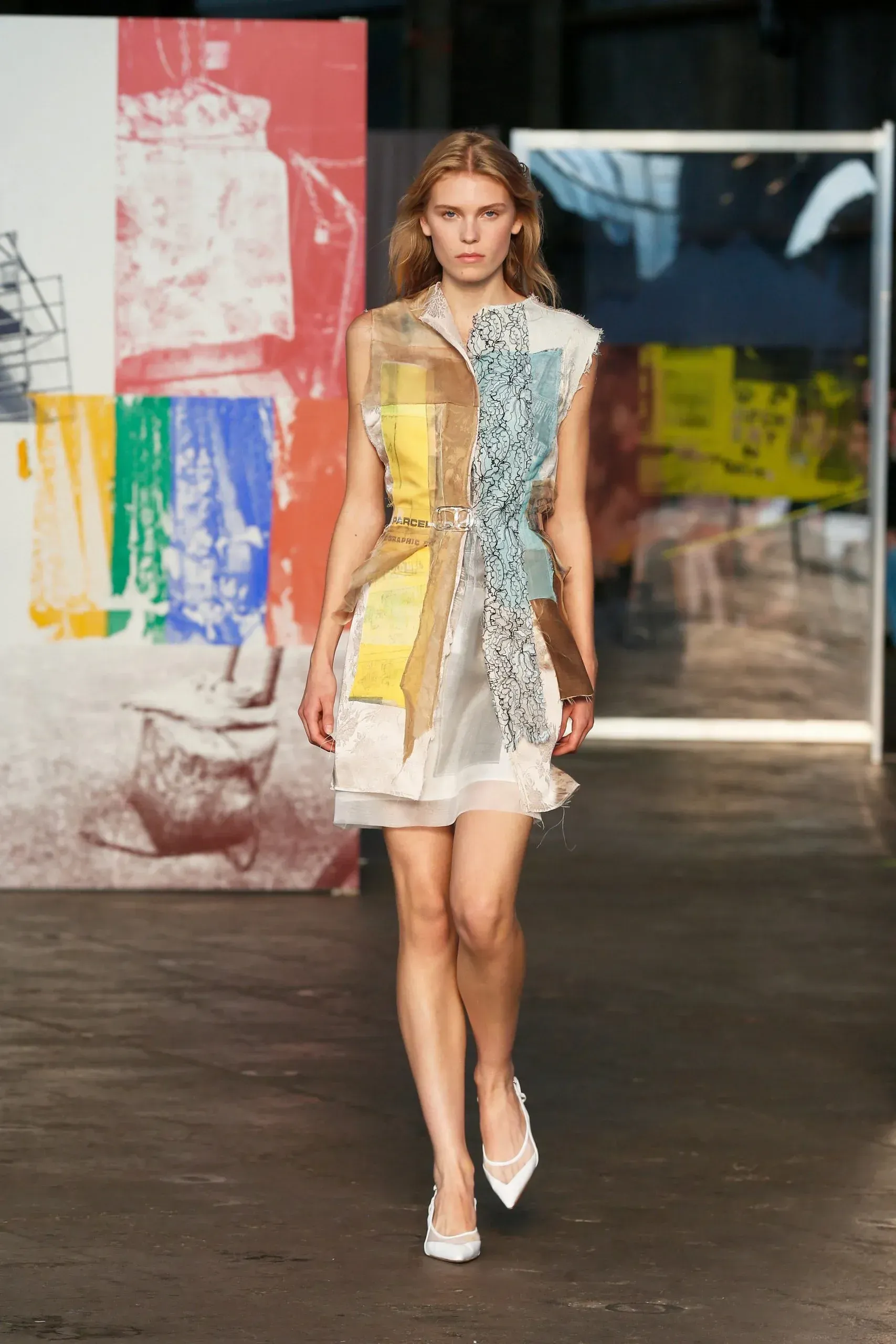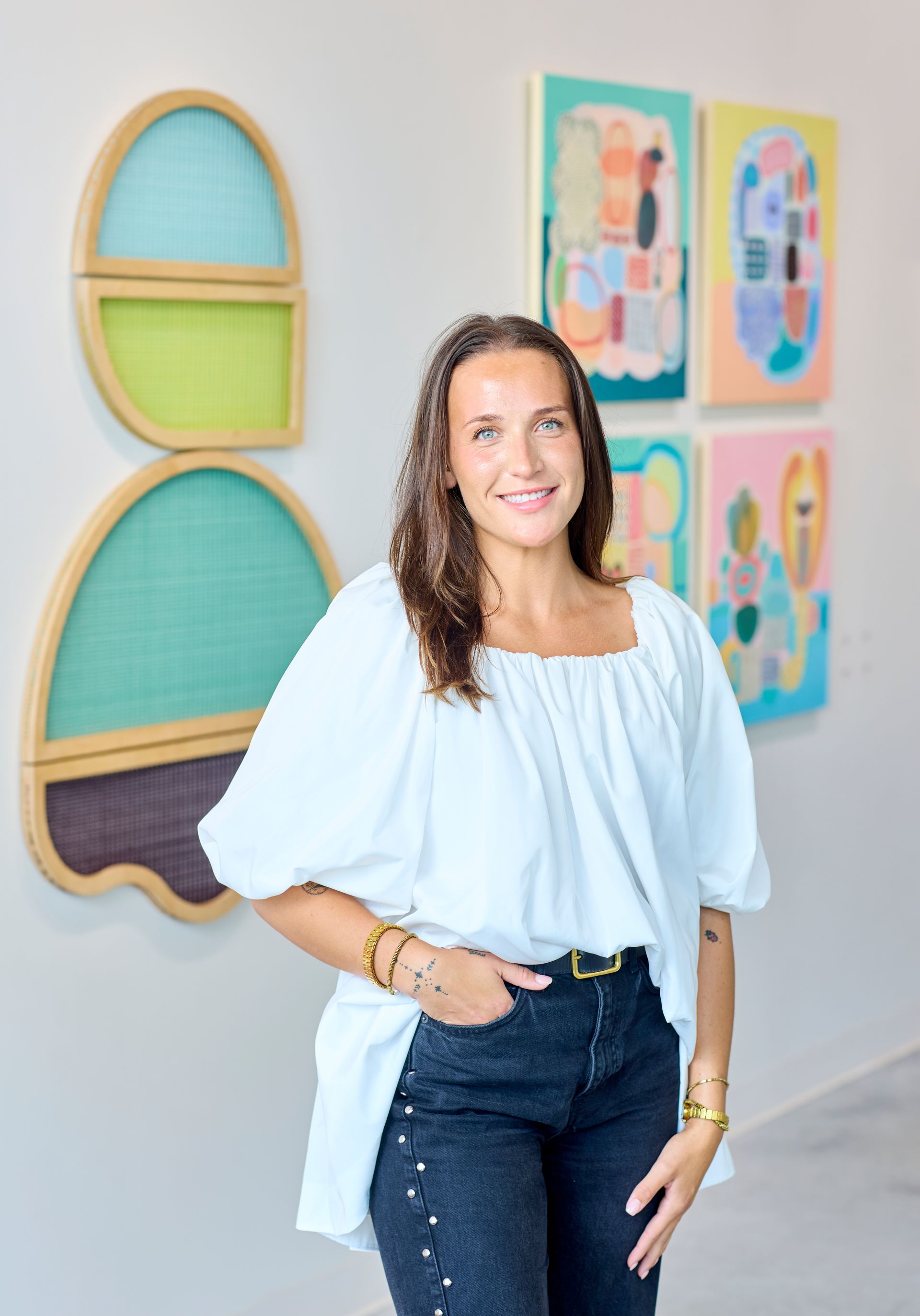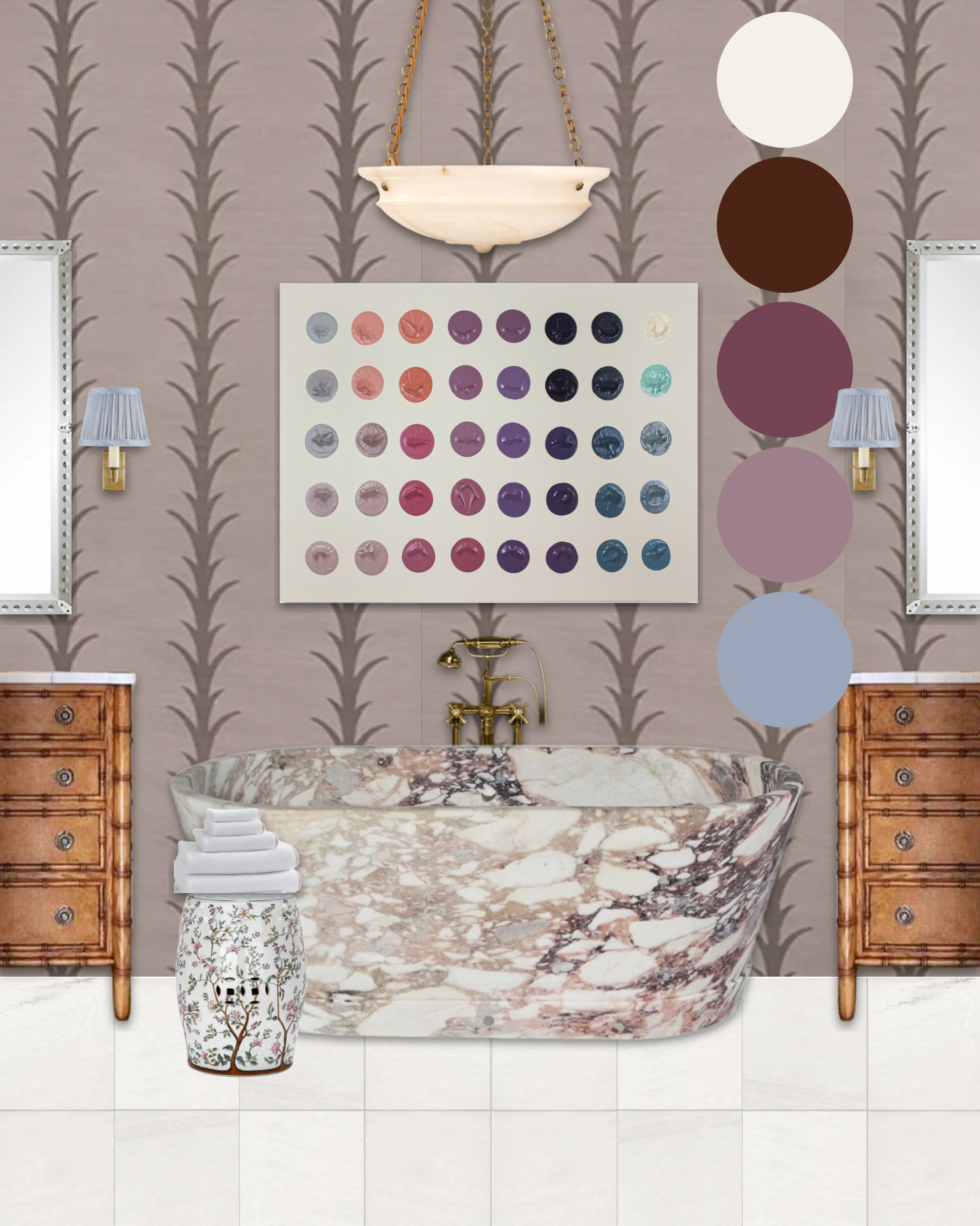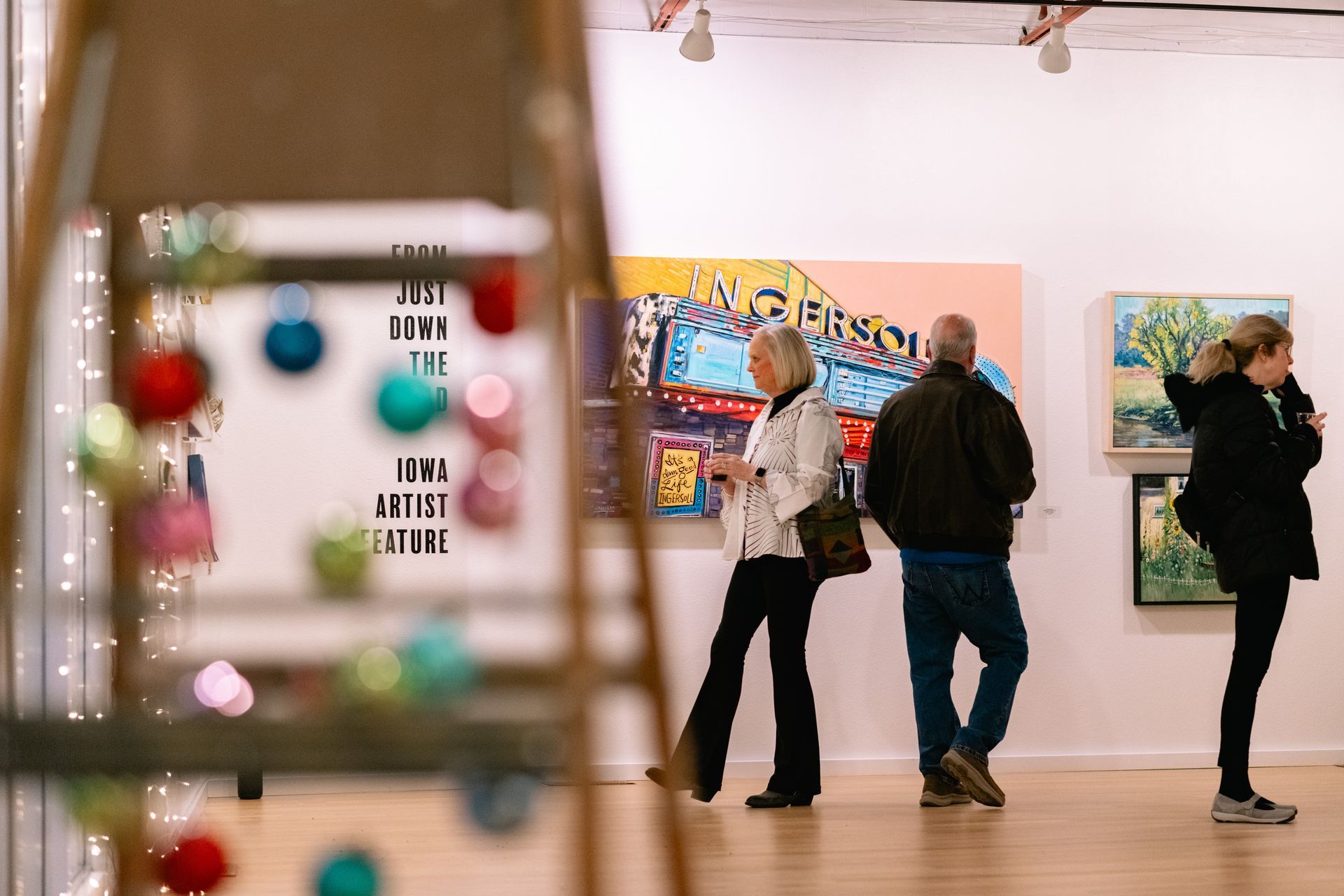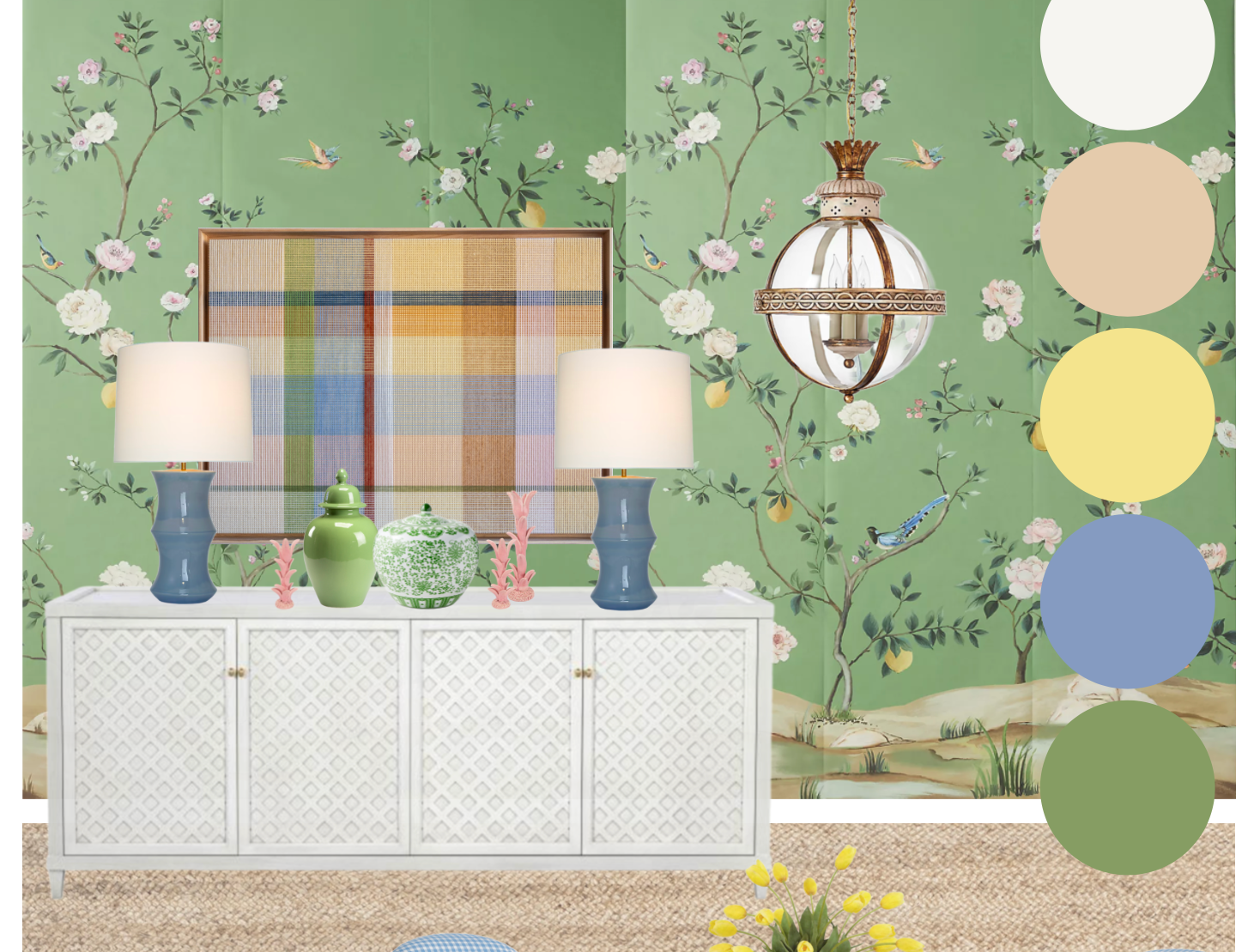Fashion’s New Muse: Art
This season, New York Fashion Week went beyond clothing, turning runways into a celebration of art history, galleries, and performance—filled with painterly prints, emotional depth, and nods to iconic artists.
The days of fashion runways filled with glitz and fast-moving trends are fading. New York Fashion Week 2026 embraced a new approach—one rooted in architecture, installation, and atmosphere. Each show became an experience, transforming spaces into thought-provoking environments where clothing and art coexisted seamlessly. Designers traded sterile blank studios for industrial spaces, museums, and converted warehouses, creating exhibitions rather than traditional catwalks. Set pieces, projections, and sculptural backdrops weren’t just decorative—they became creative partners in storytelling. By collaborating with visual artists, designers wove art and painterly influence directly into their collections. The result was a season that felt less like a fashion week and more like a living, breathing art show.
Jason Wu Spring/Summer 2026 Show
At Jason Wu’s show on October 8th, 2025, the designer unveiled a collection inspired by the groundbreaking artist Robert Rauschenberg—a creative dialogue between fashion and fine art. Rather than simply drawing inspiration, Rauschenberg’s influence became the blueprint, backdrop, and structure for the entire presentation. Wu reimagined Rauschenberg’s signature layering through transparencies, overlapping patterns, and striking contrasts of solidity and void. The garments felt alive—walking collages that captured the artist’s rhythm and bold energy. This wasn’t just an homage; it was a true reinterpretation. Wu honored Rauschenberg’s legacy by translating his visual language into something entirely wearable—pieces that moved with the same fragmented beauty and expressive spirit that defined Rauschenberg’s art.
Jason Wu’s latest collection, fittingly titled “Combines,” was inspired by the act of bringing things together — a direct nod to artist Robert Rauschenberg and his groundbreaking “Combine” series. This season, Wu explored the in-between: where structured garments meet spontaneity, and elegance meets experimentation. Much like Rauschenberg, who blurred the lines between painting and sculpture by merging photography, paint, and found objects, Wu played with the boundaries of fashion itself.
Rauschenberg’s work rejected perfection — it was chaotic, layered, and deeply alive. Wu translated that same spirit into his designs. Fabrics were collaged together like Rauschenberg’s canvases: chiffon layered over linen, silk mixed with metallic accents, and crisp tailoring softened by raw edges. Each piece felt like a wearable composition, full of texture and movement.
The set design reflected the artist’s studio energy — unfinished wood frames, painterly projections, and a raw, creative atmosphere that made the entire collection feel like a living artwork. Wu didn’t just pay tribute to Rauschenberg; he extended his legacy. His Spring/Summer 2026 collection turned the essence of Rauschenberg’s mind — his curiosity, experimentation, and visual rhythm — into something that could walk, move, and breathe.
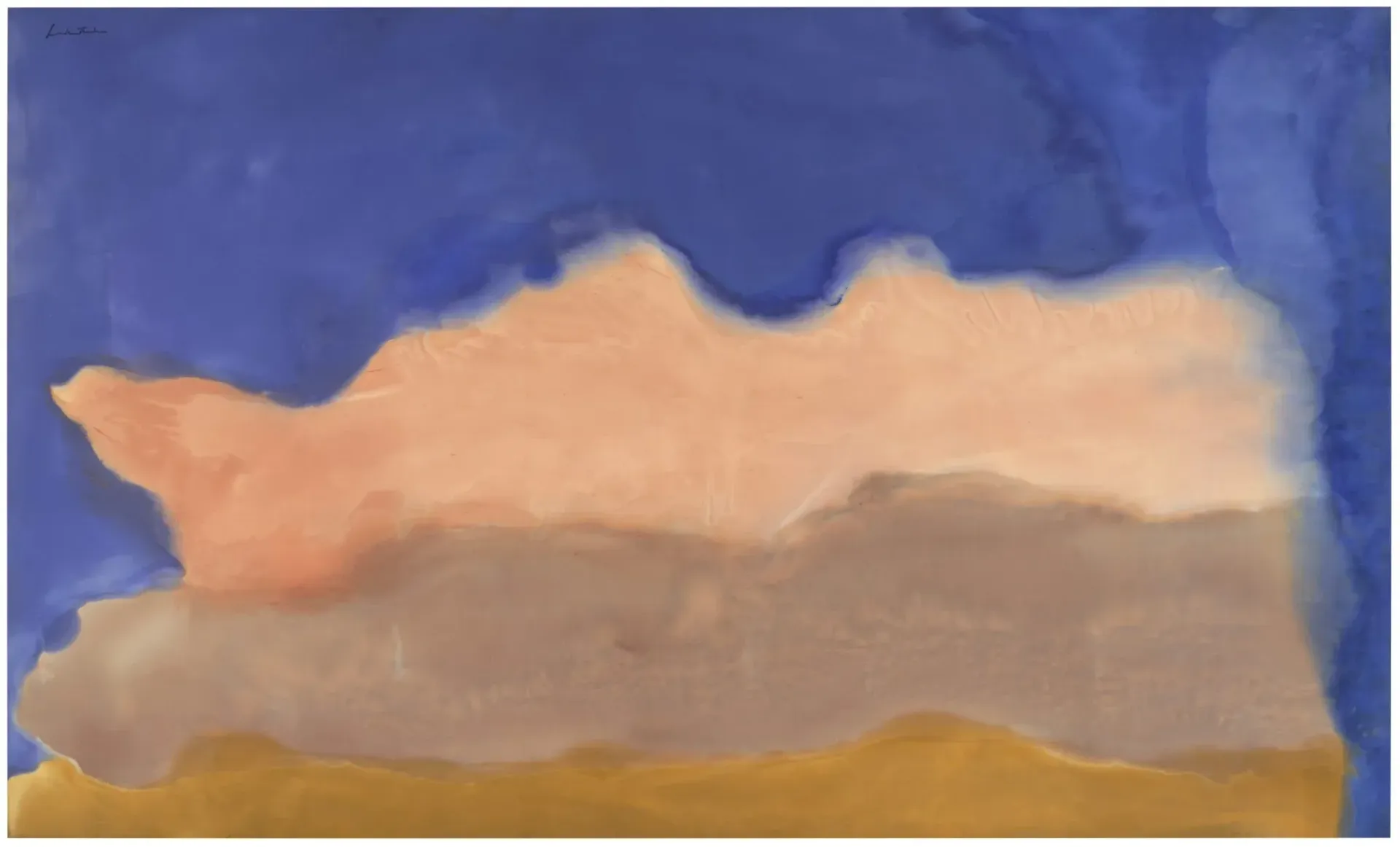
Ulla Johnson Spring/Summer 2026 Show
Ulla Johnson staged her new collection at the Cooper Hewitt Design Museum, former Andrew Carnegie's (leading expander of the steel industry) mansion-- the perfect mix of luxury, art, and design. This added another layer of artistry, set within the Cooper Hewitt Museum, the architecture and lighting interacted with the clothing, highlighting the painterly qualities of the fabrics and evoking a sense of exhibition. Even the soundtrack played a part--Johnson incorporated Helen’s voice discussing beauty and presence allowing the audience to connect on a more deep and personal level with the artist’s inspired clothing collection.
Ulla collaborated with the Frankethaler Foundation, Ulla transformed Helen Frankenthaler’s iconic paintings into lively flow silhouettes. To mirror the feeling of abstract paintings, Ulla had very little structural elements to the garments she featured in her new show. Ulla Johnson stated, "‘Beautiful’, which is always a tricky word, but now it’s become an incendiary word, because in many ways today beauty is obsolete and not the main concern of art. And you can’t prove beauty; it’s there as a fact,”.
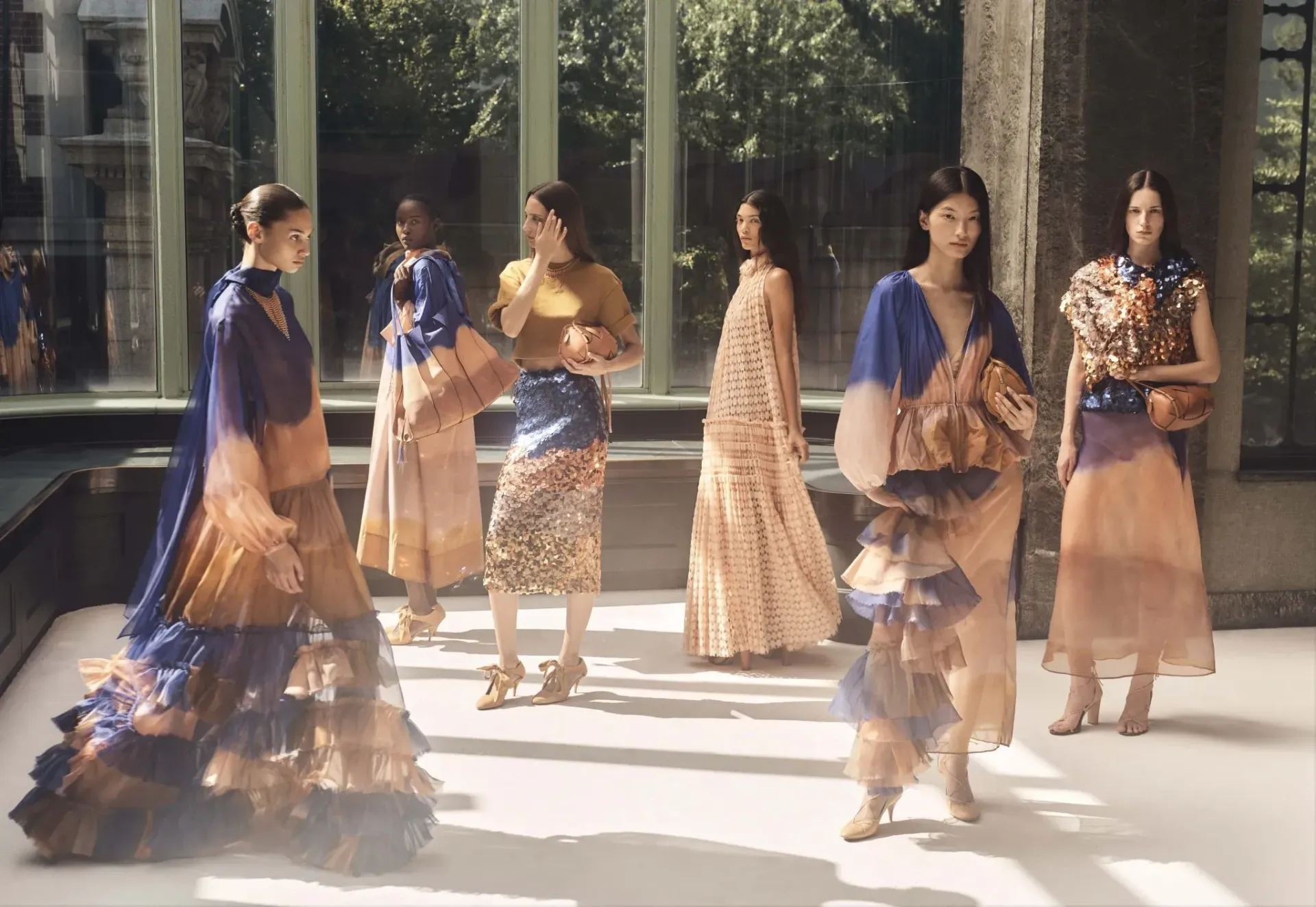
She drew directly from the abstract expressionist painters work, translating Frankenthaler's signature watercolor pieces of emotive brushstrokes onto fabric, texture, and silhouette. Her paintings are known for their fluidity and emotional resonance--sweeping fields of color that seem to float across a canvas. Johnson mirrored and captured that same ethereal feel and quality into the garments. Flowy silk dresses, layered chiffon, and organic patterns evoked the movement of paint across a canvas which made each model feel like a brushstroke walking through the space. The colors themselves weren’t just decorative, but rather carried emotional weight of creating moods and harmonies you would see in an art gallery
Johnson’s approach goes beyond simple inspiration; it embodies a dialogue between fashion and fine art, turning each look into a wearable interpretation of abstract expressionism. The collection feels like an homage and a continuation—bringing Frankenthaler’s color, emotion, and spirit into motion, and inviting viewers to experience her art in an entirely new dimension.
What this shift means for Fashion and Art
Besides the direct inspirations from famous painters and art movements, many NYFW 2026 designers turned inward this season. They used fashion to explore emotion, psychology, and the complexity of human identity. The runway became less about perfect presentation and more about real expression—a stage for mood and self-analysis. These collections felt like walking portraits, each model embodying an inner state of being. Flowy fabrics layered like simultaneous thoughts, translucent materials felt like vulnerability, and soft lighting wrapped everything in a dreamlike haze. The result was deeply personal — clothes that didn’t just decorate the body but revealed what’s happening inside the body.
Some designers used their collections to tell emotional, personal stories. The silhouettes of their clothes reflected ideas about their personal identity and self-expression. Garments with uneven or layered designs represented the different sides of who we are, whether its professional yet personal, bold yet timid, or energetic yet cautious. The mix of soft and structured fabrics showed the contrast between how we feel and how the world perceives us. The overall mood felt like watching a film—thoughtful, emotional, and visually powerful. Photography also played a key role in shaping this emotional language. Drawing inspiration from photographers like Paolo Roversi, designers captured a similar sense of intimacy and ambiguity — the feeling of being both real and dreamlike at once. Models appeared as spectral figures in motion, suspended somewhere between fashion show and visual art installation.
Together, these shows marked a subtle but powerful shift: fashion no longer focuses solely on surface or trend. Instead, it acts as a form of reflection — a way to process emotion, memory, and identity through texture and movement. 2026 reminded us that clothing, like art, can be both mirror and metaphor — a means of seeing ourselves more clearly.


